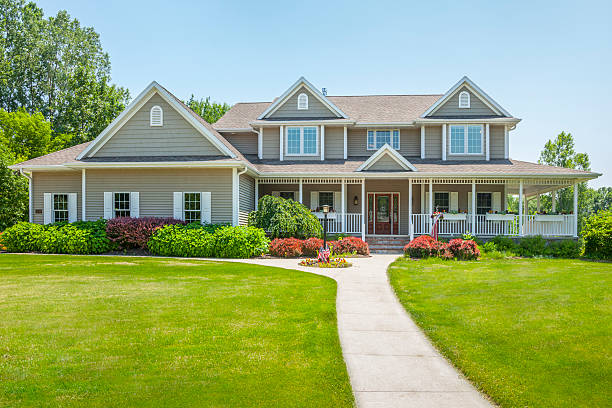How to Identify and Fix Settlement Cracks in South Africa
Learn what causes settlement cracks in walls in South Africa and how to assess whether they are serious.
Settlement Cracks in Walls South Africa: What Homeowners Should Know
Settlement cracks in walls South Africa are a common concern for homeowners, buyers, and investors. These cracks often appear as a house adjusts to the natural movement of soil, temperature changes, or structural shifts. While some settlement cracks are harmless, others may signal underlying issues that need attention. Understanding them helps protect your property value and avoid future damage. African Land supports property owners with insights and guidance to help them make informed decisions.
What Are Settlement Cracks?
Settlement cracks are cracks that develop as a building settles into its foundation over time. In South Africa, variations in soil types, weather patterns, and construction quality all influence how and where these cracks appear.
Common characteristics of settlement cracks include:
-
Thin, hairline cracks
-
Vertical or diagonal lines on plastered walls
-
Cracks near windows, doors, or corners
-
Minor separation at ceiling or floor joints
These cracks often occur in both newly built homes and older properties.
Why Settlement Cracks Occur in South Africa
1. Soil Movement
Many South African regions have clay-rich or expansive soils that shrink during dry seasons and expand when wet. This natural movement places pressure on a building’s foundation.
2. Temperature and Climate
Seasonal temperature shifts cause walls, foundations, and roofing structures to contract or expand, leading to minor cracking over time.
3. Construction Practices
Even well-built homes can develop settlement cracks, but poor workmanship, inconsistent foundation depth, or uneven compaction increases the likelihood.
4. Natural Building Settling
All buildings settle naturally as the structure adjusts to its load. This process can take months or even years, producing small cracks in the process.
Are Settlement Cracks Dangerous?
Not all settlement cracks indicate serious structural problems. Here’s how to evaluate them:
Harmless Cracks
-
Thin (1–2 mm)
-
Only in plaster, not the brickwork
-
No progression over time
-
Straight or spiderweb-like lines
These are usually cosmetic and can be repaired easily.
Concerning Cracks
-
Wider than 5 mm
-
Step-shaped cracks following brick lines
-
Cracks that keep widening
-
Severe cracks near foundations or beams
-
Moisture seeping through the crack
Cracks like these should be assessed by a structural engineer or building inspector.
How to Fix Settlement Cracks
For Minor Cracks
-
Scrape and clean the area
-
Apply crack filler or flexible sealant
-
Repaint the surface
-
Monitor for further changes
For Larger or Worsening Cracks
-
Professional inspection is recommended
-
Structural repairs may include underpinning, reinforcing beams, sealing moisture entry, or improving drainage around the property
African Land can connect homeowners with trusted property professionals who assess, repair, and prevent future structural issues.
Preventing Settlement Cracks
While some cracks are unavoidable, the following steps can reduce their impact:
-
Maintain proper drainage around the property
-
Avoid planting large trees close to walls
-
Ensure gutters and downpipes work correctly
-
Monitor wall movement regularly
-
Address moisture problems early
These preventative measures support long-term structural stability, especially in soil-sensitive regions of South Africa.
How African Land Helps
African Land assists homeowners, buyers, and investors in understanding property condition and long-term maintenance. We provide insights on identifying wall defects, evaluating structural concerns, and navigating the inspection process when buying or selling property in South Africa. With our market knowledge and trusted network of professionals, we help protect your investment and maintain your property’s value.


Comments